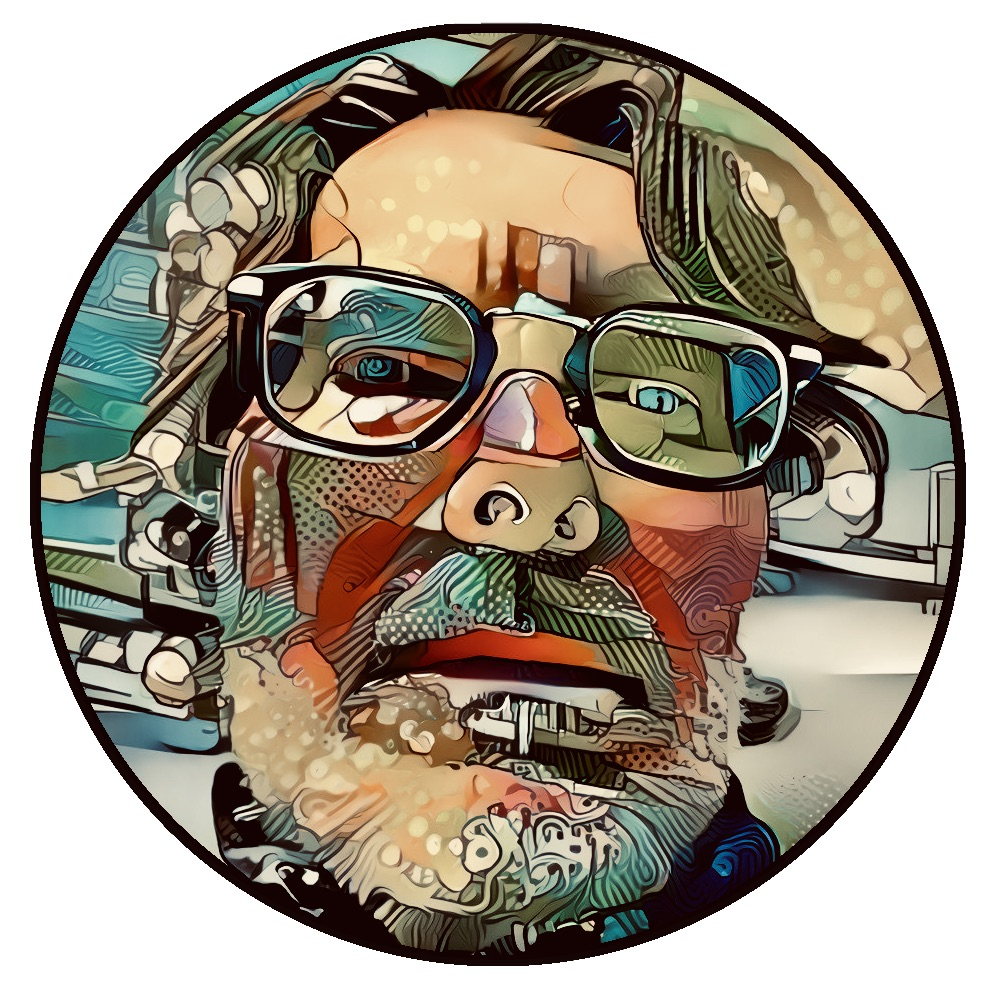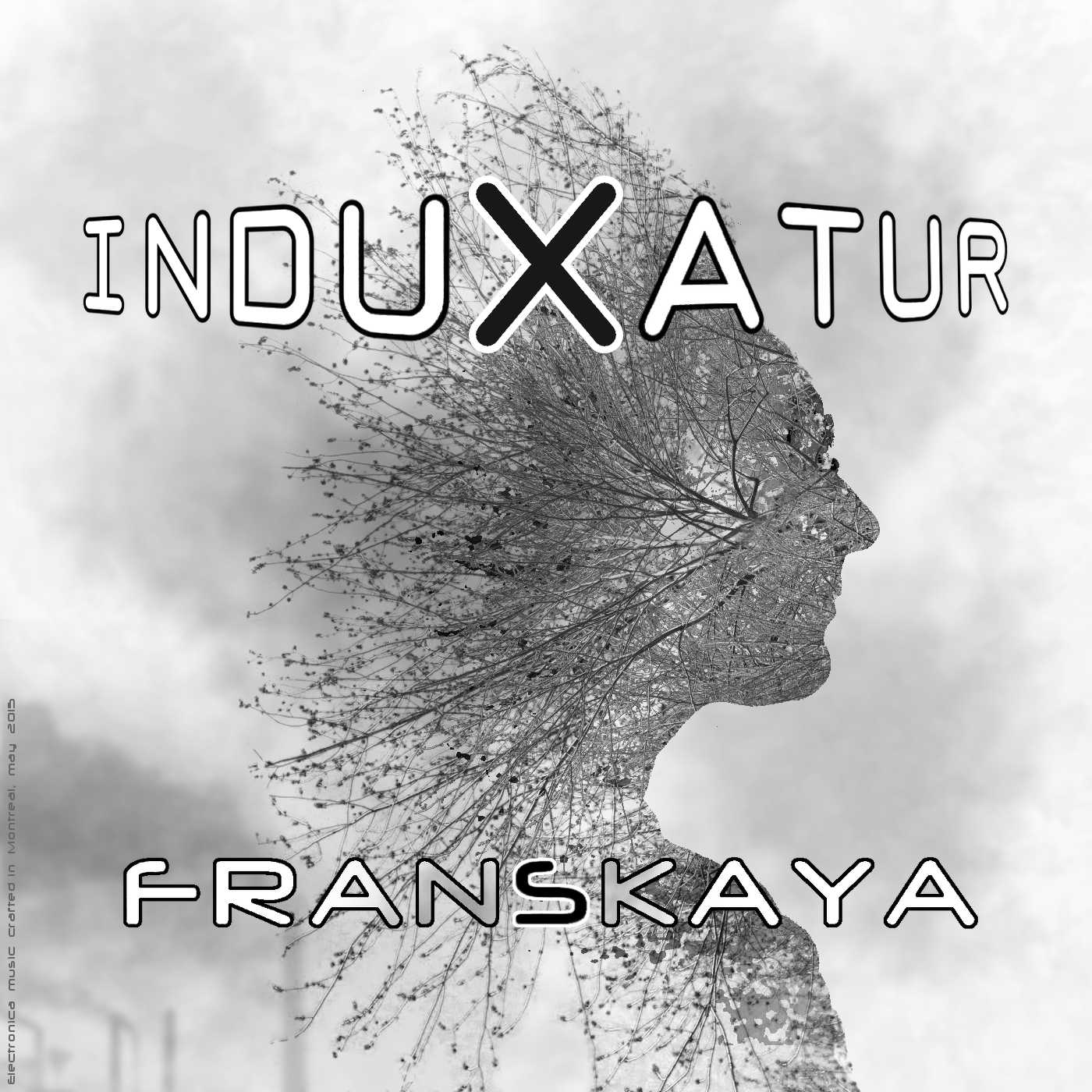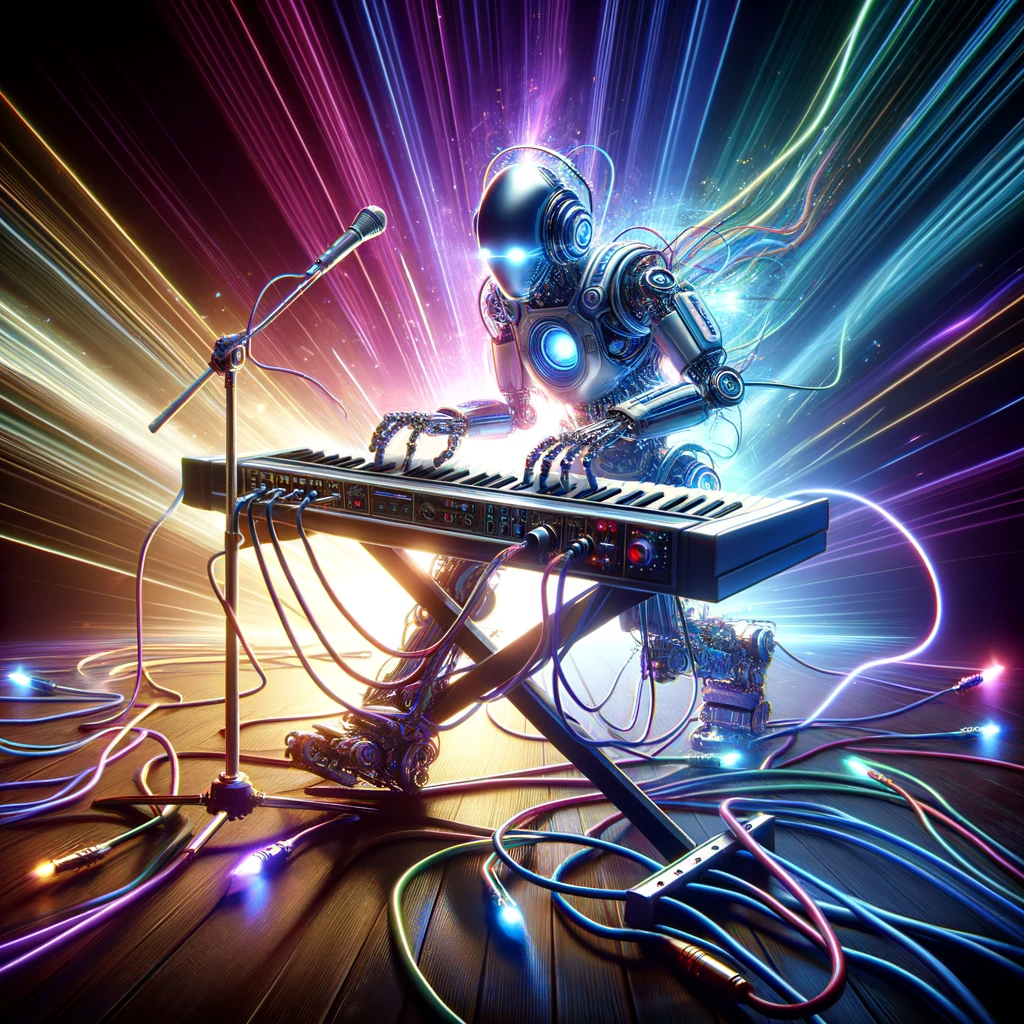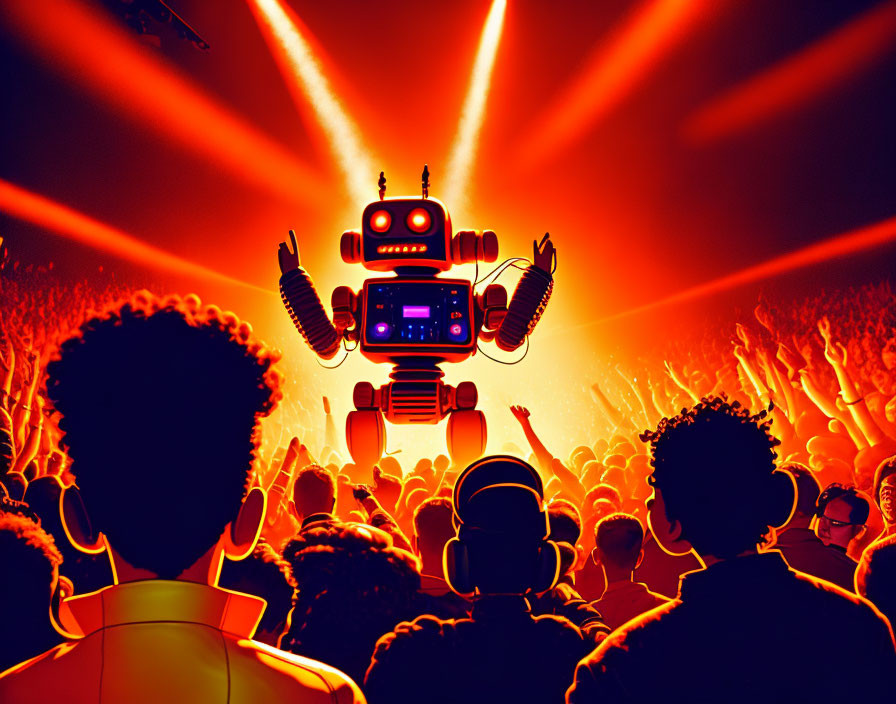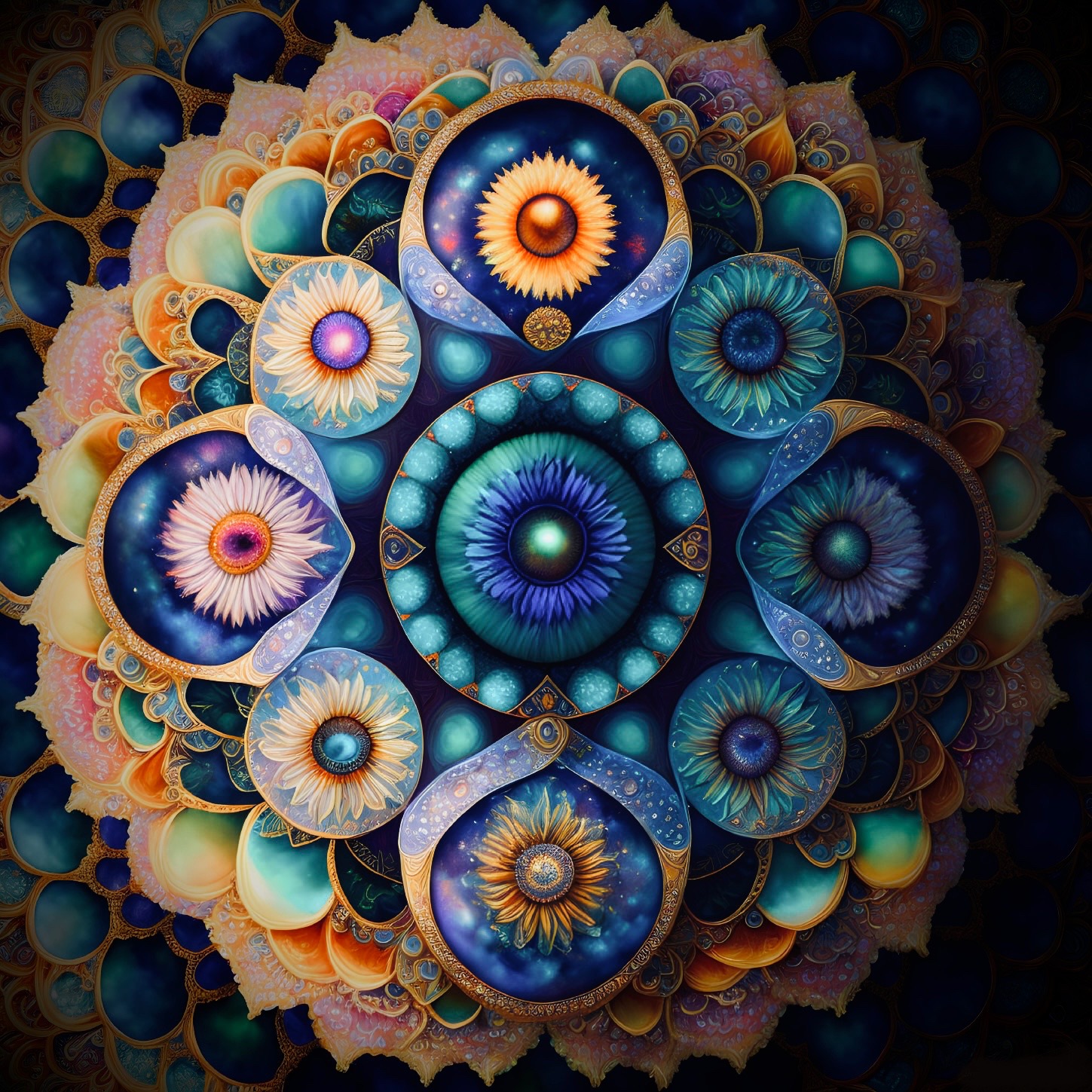Brief History of the Evolution of Electronic Music from Yesterday to Today
Music | par Franskaya
Franskaya's Blog
Summary
From the tantalizing rhythms of experimental techno to the ethereal melodies of ambient, electronic music presents a nearly infinite spectrum of variety.
In this article, I invite you to explore the evolution of electronic music, from its experimental beginnings in the early 20th century to its sprawling influence on contemporary music culture. This piece provides insights into key subgenres, technological advancements, and the vibrant world of live performances and festivals, tracing the fascinating journey of a musical genre that was revolutionary and continues to surprise us a century later.
From the first synthesizers to today's festivals: a journey through the electronic era
Decoding a Constantly Evolving Musical Genre
A Revolution in Progress
From its experimental beginnings in the early 20th century to its impact on today's global music culture, electronic music has undergone a fascinating evolution. This article delves into the rich history and diverse landscape of electronic music, exploring its origins, key subgenres, technological innovations, and lasting impact on the music industry.
Understanding our roots is crucial. To avoid reinventing the wheel, repeating the same mistakes, or to grasp established codes, it's essential to delve into the history of one's field, especially true for music. In this article, I focus on the most significant milestones, but I encourage curious readers to explore the various links for more in-depth knowledge (many lead to Wikipedia).
In this serie of articles on music, I explore various themes of interest to musicians, artists, or anyone sensitive to the magic of music.

The Birth of Electronic Music
The roots of electronic music date back to the early 20th century when pioneering musicians and inventors began experimenting with innovative electronic instruments and recording techniques. The advent of the Theremin Theremin in the 1920s and the development of the first synthesizers in the 1950s laid the groundwork for what was to come. Artists like Karlheinz Stockhausen and Pierre Schaeffer explored new sonic possibilities, leading to the birth of musique concrète, which, despite its highly experimental nature, had no commercial interest. "Étude aux chemins de fer" is a famous example of the experiments from this era.
The Rise of Synthesizers in the 1960s
The 1960s saw a surge in the popularity of synthesizers, thanks in part to inventors like Robert Moog and Don Buchla. This era witnessed the emergence of experimental and psychedelic electronic music, with bands like Pink Floyd and The Beatles incorporating electronic elements into their soundscapes. The Moog synthesizer became a symbol of electronic music's potential, opening up limitless possibilities for the era's most innovative creators.
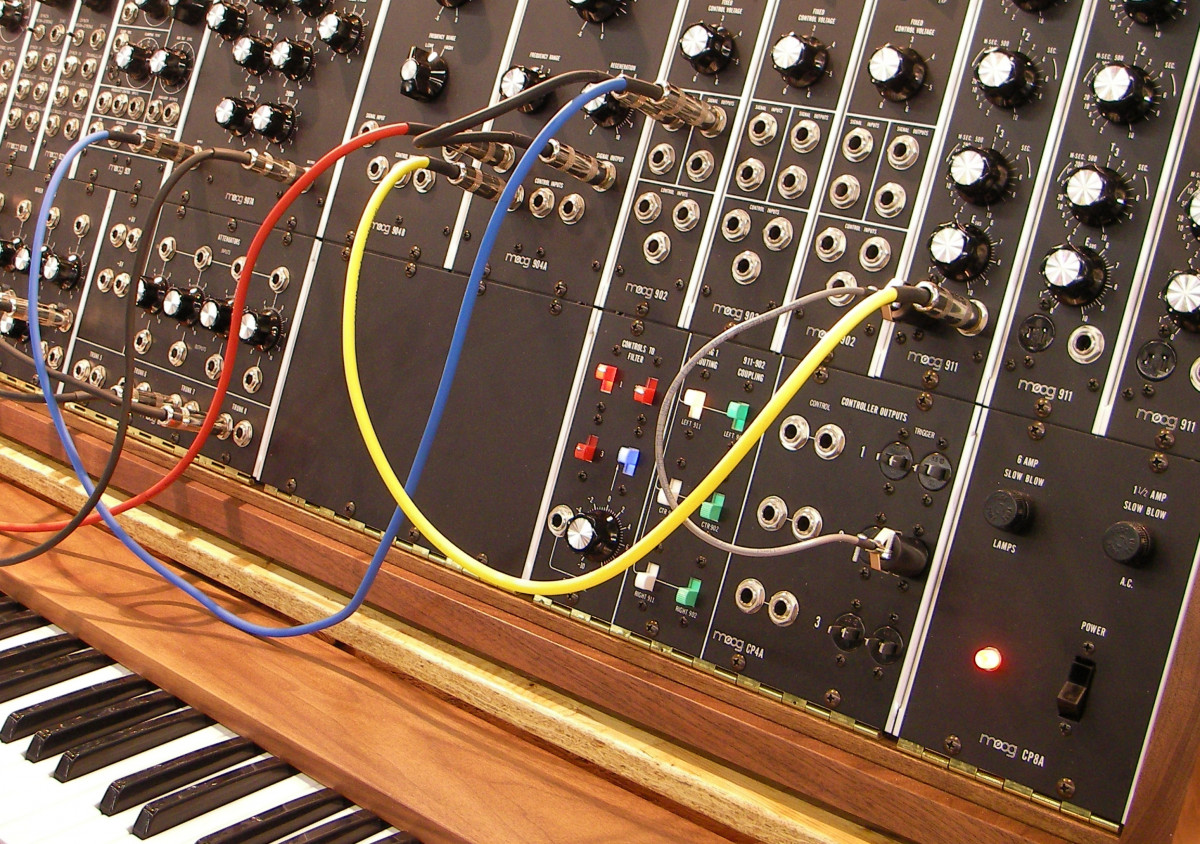
Disrupting the Dance Floors
In the 1970s and 1980s, electronic music took over dance clubs worldwide. The birth of disco, followed by the explosion of house and techno, transformed nightlife and music production. DJs and producers like Frankie Knuckles, Kraftwerk and Giorgio Moroder played pivotal roles in shaping the Electronic Dance Music (EDM), which continues to thrive today.

Sous-genres clés
Electronic music is a vast ecosystem comprising numerous subgenres, each with its unique sonic identity. From the intricate melodies of trance to the gritty basslines of dubstep, there's a flavor of electronic music for every palate. Genres like ambient, l'IDM (Intelligent Dance Music) and l'experimental electronica push the boundaries of sound, inviting listeners to explore uncharted auditory realms.

Technological Advancements
The electronic music landscape owes much to technological evolution. The digital revolution brought MIDI (Musical Instrument Digital Interface) and software synthesizers, radically democratizing music production. Today, artists can create complex compositions with just a laptop and a MIDI controller, marking a profound shift in electronic music production accessibility.
In an effort to classify musical genres and their ramifications, Spotify has named "Solipsynthm" for artists defined as "Solo Laptop Experimentalists." Although it's uncertain to fully agree (!), Franskaya has been classified in this subgenre, at the confluence of synthpop, electropop, new rave, bitpop, and EDM.
Live Performances and Festivals
Electronic music has evolved not only in the studio but also on stage. Iconic festivals like Tomorrowland (Boom, Belgium), Ultra Music Festival (Miami, USA), Coachella (Indio, California), Shambhala Music Festival et Mutek specifically feature electronic artists, attracting huge crowds. Live performances often involve complex lighting, visuals, and stage setups, transforming the concert experience into a sensory journey.

The Story Continues!
And it's far from over! Technological advancements continue to surprise us. I discuss the arrival of artificial intelligence in music in my article "Quand l'IA se fait chef d'orchestre". Unprecedented possibilities are within reach, and I anticipate a small revolution in the next decade. De La Soul said in 1989 that everyone wants to be a DJ. With tomorrow's AI-powered software... soon, everyone will be a DJ.
Conclusion
The journey of electronic music, from the experimental laboratories of the early 20th century to the countless stages and festivals of today, is extraordinarily rich and varied. I've only scratched the surface of this fascinating topic that showcases human creativity's limitless potential. In its rich history, the proliferation of its subgenres, and its lasting technological advancements, electronic music continues to shape our experience, imagination, and wear out our soles.
As this genre continues to evolve, pushing its boundaries and redefining borders, this vibrant and dynamic force remains poised for a bright future. Whether you're a devoted fan or a curious newcomer, the world of electronic music invites you to explore its limitless sonic landscapes.
Thanks to pxhere.com for the lovely photographs of a DJ mixing console, a MOOG synthesizer, a laptop with turntables, and a rave party. Also, thanks to Wikipedia and its thousands of volunteer contributors for the Theremin photograph.
